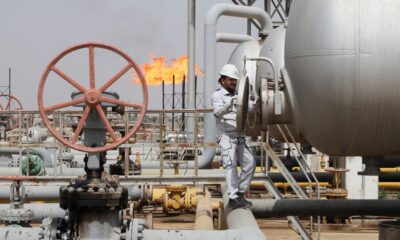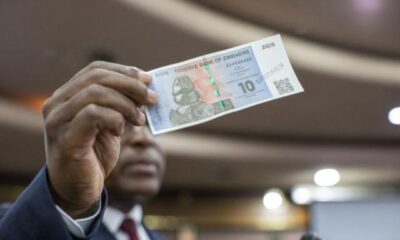By Jeffrey Halley, Senior Market Analyst, Asia Pacific, OANDA
New York had a relatively quiet session overnight, with Europe’s announcement that its next round of sanctions would include Russian coal imports, having no impact on energy prices. A relatively slow calendar and few new developments from Eastern Europe saw Wall Street equities reverse intra-day losses to close slightly higher, long-dated US yields edged higher, and the US Dollar booked very modest gains.
St Louis Federal Reserve President Bullard was the latest FED talking head to come out with a series of hawkish statements on future monetary policy. The fact that equities recovered intraday losses suggests that the 225 basis points of Fed Funds hikes futures markets have now priced in could be enough for now. It is the Fed’s battle to lose, not win. That could see the US Dollar rally pause for breath over the next fortnight, but I believe the real stress point will be the Federal Reserve’s quantitative tightening, slated for a May start, and the appetite from the market to absorb the sales.
In Asia, markets are growing warier about China as the Shanghai lockdown drags on and it reports over 24,000 virus cases today. China’s Covid-zero policy continues to be its Achilles heel although there are plenty of other reasons to be a little cautious. A serious spread outside of its finance and commercial to other large cities will be a big headwind for China’s growth, China stocks, and by default eventually, much of Asia.
Despite talking up assisting SMEs and propping up the stock market, little has happened since the initial comments from Premier Li Keqiang. The PBOC has set neutral USD/CNY fixes this week and has net drained CNY 580 bio from the system this week via open market operations. Perhaps some could be interpreted as draining excess liquidity post this week’s two-day holiday, but until China backs up its rhetoric with action, much like the Federal Reserve ironically, the environment for China equities will be challenging. We could see the 1-year MTF trimmed soon along with a RRR cut.
Data from Asia today has been mostly positive. South Korea’s Current Account rose to $6.42 bio, Japan’s Current Account rose to Yen 1643 bio, while the Philippines’ Current Account deficit fell to $-3.53 bio. The data is from February and thus, is slightly backwards-looking. At that stage, all three were still enjoying the premium from easing virus restrictions with South Korean and Japanese exports booming. However, the data for all three hides surging import costs as the Ukraine war started, and I expect those costs to continue negatively impacting data from the region going forward. That should be enough to distract the Bank of Korea from pencilling in a 0.25% rate hike next week.
Today’s main event in Asia will be the latest Reserve Bank of India interest rate decision. The INR has remained steady in April after a roller-coaster ride in March, but the RBI has shown little regard for the currency in its policy mix over the past 2 years, tolerating stagflationary pressures as the price of keeping the economy going. That is unlikely to change today, especially given the event of the past 6 weeks. Policy rates should be left unchanged at 4.0%.
Otherwise, the data calendar across Europe and the US is decidedly second-tier and quiet. It wouldn’t surprise me if the conditions we are seeing in Asia today continue through to the New York close. If oil keeps falling, equities should finish the week on a positive note, temporarily at least.
Keep an eye on France’s first round of the presidential election runoff this weekend. The election should narrow the second runoff on the 24th of April to President Macron and far-right candidate Marine Le Pen. A strong showing by Ms Le Pen this weekend will send chills through Europe and be another reason to sell Euros and European equities on Monday.
Asian equities are mixed.
Wall Street reversed intraday losses to post some modest gains overnight, with markets seemingly moving past the Brainard shock on Wednesday. With oil prices easing after the details of the IEA reserve release came out, Wall Street staged a modest relief rally. The S&P 500 finished 0.43% higher, the Nasdaq closed 0.06% higher, with the Dow Jones finishing 0.25% higher. Futures on all three indexes are almost unchanged in Asian trading.
That has sparked a relief rally in parts of Asia, although not with the North Asian giants of Japan, China, and South Korea. The Nikkei 225 is flat for the day, with the Kospi down 0.10%. The Shanghai Composite is also down 0.10$ with the CSI 200 unchanged, and Hong Kong down 0.40%. It seems that a flat Nasdaq close and persistent virus nerves around Shanghai are limiting gains on all three.
In regional markets, the picture is more positive, helped by Brent crude falling to $100.00 a barrel. Singapore is retreating as stories run highlighting softening property markets across Asia-Pacific. The big banks have led Singapore 0.75% lower. However, Kuala Lumpur has risen by 0.25%, Jakarta by 0.75%, and Taipei by 0.40%. Bangkok is just 0.20% lower, with Manila climbing 1.0% after its trade deficit narrowed. Australian markets are following Wall Streets’ lead and ending the week on a positive note. The ASX 200 and All Ordinaries climbing by 0.50%.
European markets endured another torrid session overnight. But if Brent continues to trade around $100 or lower today, that could be enough to spark a rally into the end of the week, although I expect weekend risk will limit gains.
Currency markets ranging.
Currency markets had a choppy night with decent ranges seen across the majors. Ultimately though, despite all the noise, markets settled fairly close to where they had started. The dollar index closed 0.10% higher at 99.75 with US Dollar strength persisting as US long-dated yields edged higher removing inverse yield curve nerves. The dollar index has climbed to 99.85 in Asia, and I expect weekend risk-hedging to be US Dollar supportive today. A weekly close at these levels implies further gains targeting 100.50 next week.
EUR/USD eased 0.16% lower to 1.0880 overnight, falling another 0.14% to 1.0863 in Asian trading. A weekly close at these levels would be ominous for the single currency, with multi-year support close by at 1.0800. Failure signals more losses to 1.0600 and 1.0300 initially. Resistance is now at 1.1200, with longer-term resistance at 1.1300. Sterling, meanwhile, has consolidated at 1.3070 this week but a loss of 1.3000 signals another round of losses targeting 1.850 and 1.2700.
USD/JPY edged 0.15% higher to 123.97 overnight, popping up to 124.25 today before retreating to 123.95. If seems when, and not if USD/JPY will retest 125.00 now. That may have to wait until next week, though, as traders don’t seem keen on risking BOJ-speak above 124.00 for now, especially with momentum in other major currencies muted today. That said, any drop to 123.50 should find plenty of keen dip buyers.
AUD/USD and NZD/USD have edged lower overnight to 0.7480 and 0.6880 and upward momentum seems to have stalled for now. Failure of supports at 0.7450 and 0.6865 will signal a deeper correction with a lot of good news priced into both currencies. The NZD/USD faces deeper downside risks next week if the RBNZ policy decision is not a 0.50% hike, and the statement is perceived as not hawkish enough.
Asian currencies remain Sleepless in Singapore overnight, with another neutral USD/CNY fixing by the PBOC continuing the sideways consolidation. Some weakness has crept into regional currencies today, led by the THB and the NTD as the US Dollar has strengthened across the board in Asia. I suspect ongoing China Covid-zero concerns, and weekend Ukraine/Russia risk hedging are the cause of the cautiousness today.
Oil prices ease in Asia.
Oil prices traded in a $5.0 range overnight, but despite the overcaffeinated traders of the oil market raising their blood pressures intraday, both Brent and WTI ultimately settled almost unchanged. This is as good a reason to my readers to not get caught up in short-term market moves generally, as any. Brent crude fell 0.30% to $101.40 a barrel, and WTI finished 1.35% lower at $97.00.
Oil is softening in Asia today with regional buyers absent for a change from the open. It seems that China announcing 24,000 new virus cases, and no end to the Shanghai lockdown, has spooked buyers. Markets fear deeper economic disruption, and by default, lower China energy consumption, weighing on prices. Rent crude has slipped through $100.00 a barrel, falling 1.50% to $99.85 a barrel. WTI has fallen by 1.50% to $95.55 a barrel.
With the US and IEA SPR releases out there and priced in, it seems that China is driving the bearish price action. Brent and WTI have fallen to the bottom of my ranges, but I expect Brent to remain in a choppy $100.00 to $120.00 range, with WTI a $95.00 to $115.00 range. Only a serious virus escalation in China changes that outlook.
Gold’s consolidation continues.
Gold continued its sideways trading overnight. Despite the US Dollar and US yields edging higher, gold still finished 0.30% higher at $1931.50 an ounce. Gold is comatose in Asia today, easing 0.10% lower to $1929.70. Gold has confined itself to a rough $1920.00 to $1940.00 an ounce range this week and is showing little proclivity to react to geopolitical events or moves in the US Dollar or US bond yields. You could interpret that as either bullish or bearish for gold.
For my part, despite the weeklong holding pattern, I believe the risks are still skewed to the downside for gold, especially if US yields and the US Dollar keep climbing. Only a rally through $1970.00 changes that outlook. Failure of $1915.00 an ounce will signal a retest of important support at $1880.00. Failure of $1880.00 should see a capitulation of long positions, extending losses to the $1800.00 region.
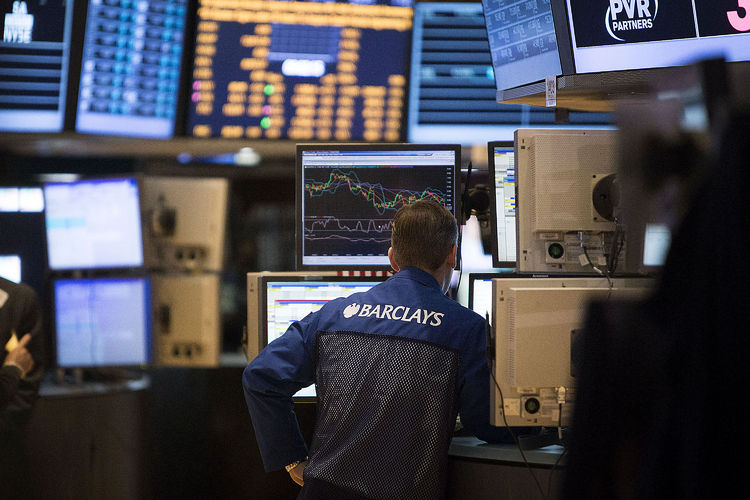

 Forex2 weeks ago
Forex2 weeks ago


 Naira1 week ago
Naira1 week ago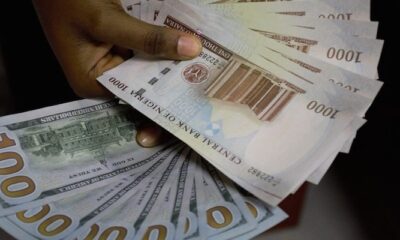
 Naira4 weeks ago
Naira4 weeks ago
 Company News4 weeks ago
Company News4 weeks ago

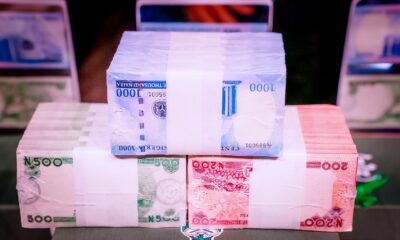


 Naira1 week ago
Naira1 week ago
 Billionaire Watch1 week ago
Billionaire Watch1 week ago




 Naira3 weeks ago
Naira3 weeks ago




 Naira1 week ago
Naira1 week ago





